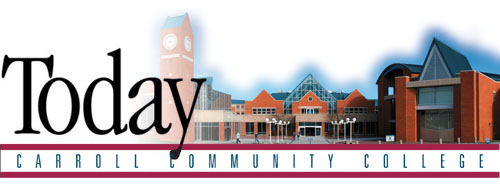|
Credit Course Section Analysis
(December 2014). Enrollments in college-level lecture, hybrid, and online courses were analyzed for six fall terms. Average class size has fallen from 18.63 in fall 2010 to 16.42 in fall 2014. The number of sections dropped from 576 in fall 2012 to 514 in fall 2014. The decline in sections since 2012 mirrored the decline in headcount enrollment, both dropping nearly 11 percent. Fewer sections yielded reduced adjunct faculty expenditures over the period.
Full-time and Adjunct Faculty Teaching in FY2014
(December 2014). The state’s expectation is that at least half of the teaching at community colleges will be done by full-time faculty. In FY2014 the college was close, but failed, to meet this standard. Full-time faculty taught 47.2% of the sections, 47.2% of the course credit hours, and 49.6% of the student credit hours.
Average Time, Excess Credits, and Credits to Degree
(January 2015). Over the three-year period FY2011 through FY2013, the time taken by Carroll students with no prior college experience to earn their associate degree ranged from 3.33 to 3.86 years. The hours taken, including developmental hours, in excess of that required for the degree ranged from 8.45 to 9.64. The average credits to degree ranged from 69.43 to 70.95.
Developmental Placement of Carroll County High School Graduates
(February 2015). The percentage of CCPS graduates testing into transitional English has declined from 44.0% in fall 2010 to 30.8% in fall 2014. The need for transitional reading dropped from 32.8% to 28.0% over the same period. The percentage of CCPS graduates testing into transitional mathematics dropped from 75.2% in fall 2010 to 68.7% in fall 2014.
Fall-to-Spring Retention
(March 2015). Nearly four-fifths (79.3%) of the 696 students starting college at Carroll in fall 2014 returned for classes in spring 2015. This was down from the 81.5% realized in 2013-14 but among the higher retention rates in college history. Nearly 23% of the first-time students who enrolled full-time in the fall had switched to part-time in the spring.
Back to top
|
